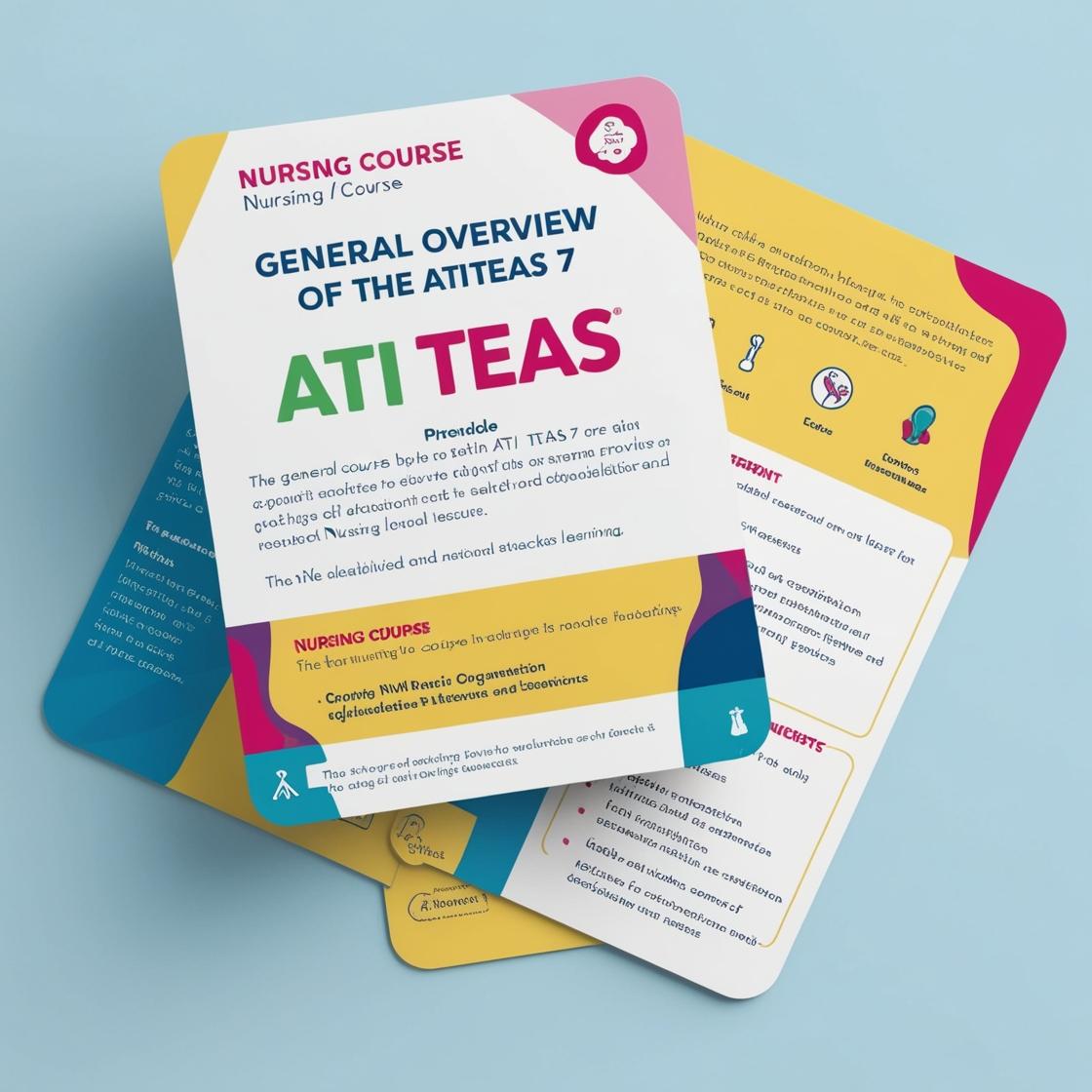ATI TEAS 7
TEAS 7 English Practice Test
1. Which of the following facts would be the most relevant to include here?
- A. NO CHANGE; best as written
- B. was another activist group that
- C. had a lot of members that
- D. was another school that
Correct answer: B
Rationale: Option B provides relevant context by specifying that the BPP was another activist group. This clarification helps to establish a parallel between the BPP and the NAACP in terms of their function and purpose. Choice C is incorrect as the number of members is not the key point being compared in the sentence. Choice D is incorrect as it introduces an unrelated comparison involving schools, which is not relevant to the context provided in the sentence.
2. What is the noun phrase in the following sentence?
- A. Puppy
- B. Charlotte
- C. German shepherd puppy
- D. Charlotte's new German shepherd puppy
Correct answer: D
Rationale: The correct answer is 'Charlotte's new German shepherd puppy.' A noun phrase is a group of words centered around a noun that functions as a subject, object, or complement within a sentence. In this sentence, 'Charlotte's new German shepherd puppy' is a noun phrase as it consists of multiple words ('Charlotte's,' 'new,' 'German shepherd,' 'puppy') and it serves as the subject of the sentence. Choice A, 'Puppy,' is not a complete noun phrase as it lacks the additional descriptors. Choice B, 'Charlotte,' is a proper noun and not a noun phrase. Choice C, 'German shepherd puppy,' is a noun phrase, but it does not include all the elements present in the complete noun phrase 'Charlotte's new German shepherd puppy.' Therefore, 'Charlotte's new German shepherd puppy' is the correct noun phrase in this sentence.
3. Hampton was born and raised in Maywood of Chicago, Illinois in 1948. Which of the following is the correct punctuation for the sentence?
- A. NO CHANGE
- B. in Maywood, of Chicago, Illinois in 1948.
- C. in Maywood of Chicago, Illinois, in 1948.
- D. in Chicago, Illinois of Maywood in 1948.
Correct answer: C
Rationale: Option C correctly punctuates the sentence by placing commas after 'Chicago' and 'Illinois' to separate the location details and inserting a comma before 'in 1948' to separate the location from the date. This creates a clear and grammatically correct sentence. Choices A, B, and D incorrectly place the commas, leading to confusion or incorrect grouping of the location and date information.
4. A hundred years ago, automobiles were rare, but now cars are ubiquitous. However, she doesn't know what the word ubiquitous means. Which key context clue is essential to decipher the word's meaning?
- A. Ago
- B. Cars
- C. Now
- D. Rare
Correct answer: D
Rationale: The correct answer is 'D: Rare.' In the sentence, it is mentioned that 'a hundred years ago, automobiles were rare,' which provides the context that the opposite of rare would mean something very common, thus helping to decipher the meaning of 'ubiquitous.' Choice A, 'Ago,' refers to a time frame and doesn't directly provide a contrast to 'ubiquitous.' Choice B, 'Cars,' is mentioned in both parts of the sentence and does not help in defining 'ubiquitous.' Choice C, 'Now,' signifies the current time but doesn't contrast with 'ubiquitous' to aid in its understanding.
5. What would be the best supporting detail to follow Maria’s topic sentence “My family throws elaborate holiday celebrations?”
- A. Holidays are just a waste of everyone’s time and money, in my opinion.
- B. First, we decide who will host the holiday dinner and when the celebration will take place.
- C. My household includes five people, but my extended family includes over thirty people.
- D. Afterwards, we all help clean up and then relax by continuing to chat with each other.
Correct answer: B
Rationale: Choice B is the best supporting detail to follow Maria’s topic sentence as it describes the initial planning stages of the holiday celebrations, which aligns with the concept of throwing elaborate holiday celebrations. It sets the stage for the organization and preparation involved in these events, making it a logical progression from the main idea. Choice A is incorrect as it presents a contrasting opinion about holidays that does not support the idea of elaborate celebrations. Choice C provides information about family size but does not directly relate to the process of throwing elaborate holiday celebrations. Choice D talks about post-celebration activities and does not directly support the initial statement about the elaborate celebrations themselves.
Similar Questions

Access More Features
ATI TEAS Premium Plus
$149.99/ 90 days
- Actual ATI TEAS 7 Questions
- 3,000 questions with answers
- 90 days access
ATI TEAS Basic
$99/ 30 days
- 3,000 Questions with answers
- 30 days access
